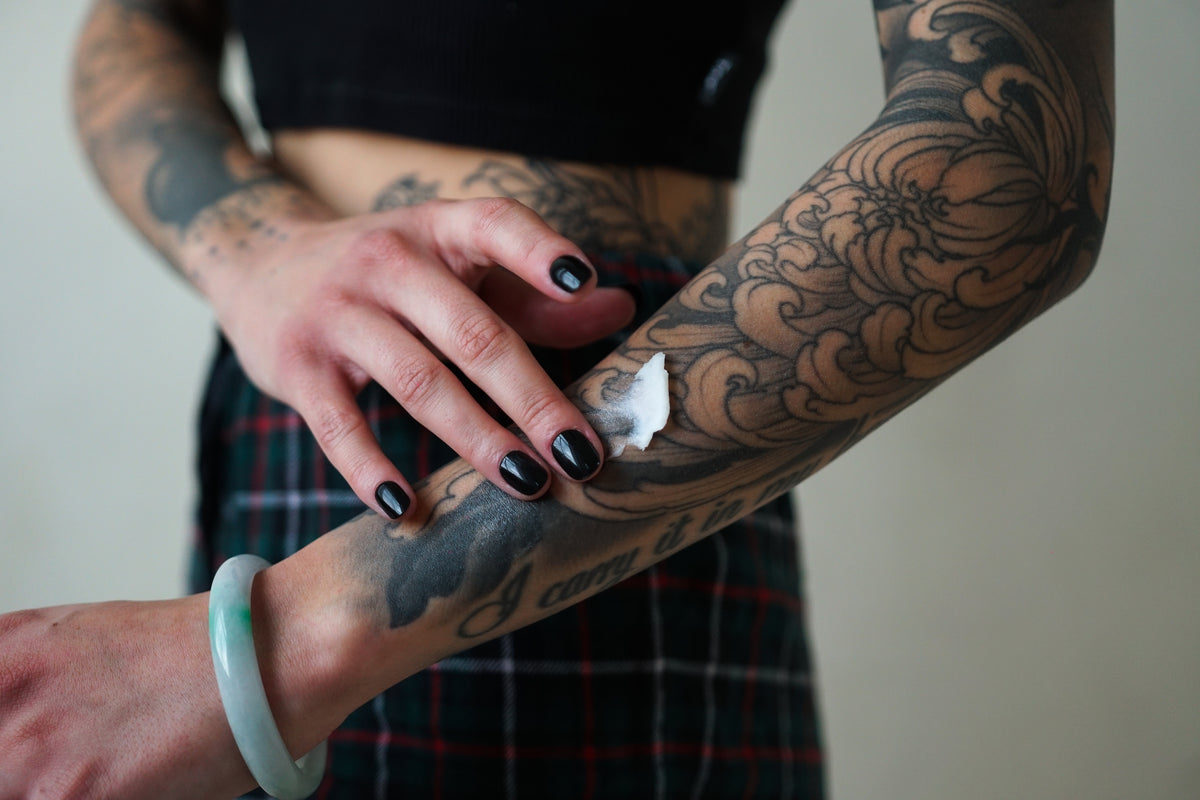Tattoos are enduring symbols of self-expression, but how do they evolve as our skin ages? This article will delve into the fascinating journey of tattoo aging, exploring how tattoos change over time and the factors influencing their longevity.

The Initial Tattoo Process and Healing:
Getting a tattoo involves puncturing the skin with needles to inject ink into the dermis layer. Afterward, the tattoo undergoes a healing process, during which the skin repairs itself and settles into its permanent state.
Changes in Tattoo Appearance Over Time:
Despite initial vibrancy, tattoos undergo noticeable changes as they age. Over the years, colors may fade, lines may blur, and details may soften. Skin elasticity and collagen loss also contribute to changes in tattoo appearance, particularly in areas prone to stretching or sagging.

Factors Influencing Tattoo Aging:
Several factors influence how tattoos age, including sun exposure, skincare routines, and lifestyle habits. UV radiation from the sun can accelerate tattoo fading, while improper skin care, such as harsh exfoliation or abrasive chemicals, may contribute to premature aging.
Tips for Maintaining and Preserving Tattoo Quality:
To prolong the lifespan of tattoos and maintain their quality, it’s essential to protect them from sun exposure by applying sunscreen regularly. Keeping the skin moisturized and hydrated can help prevent premature fading and maintain tattoo vibrancy.



